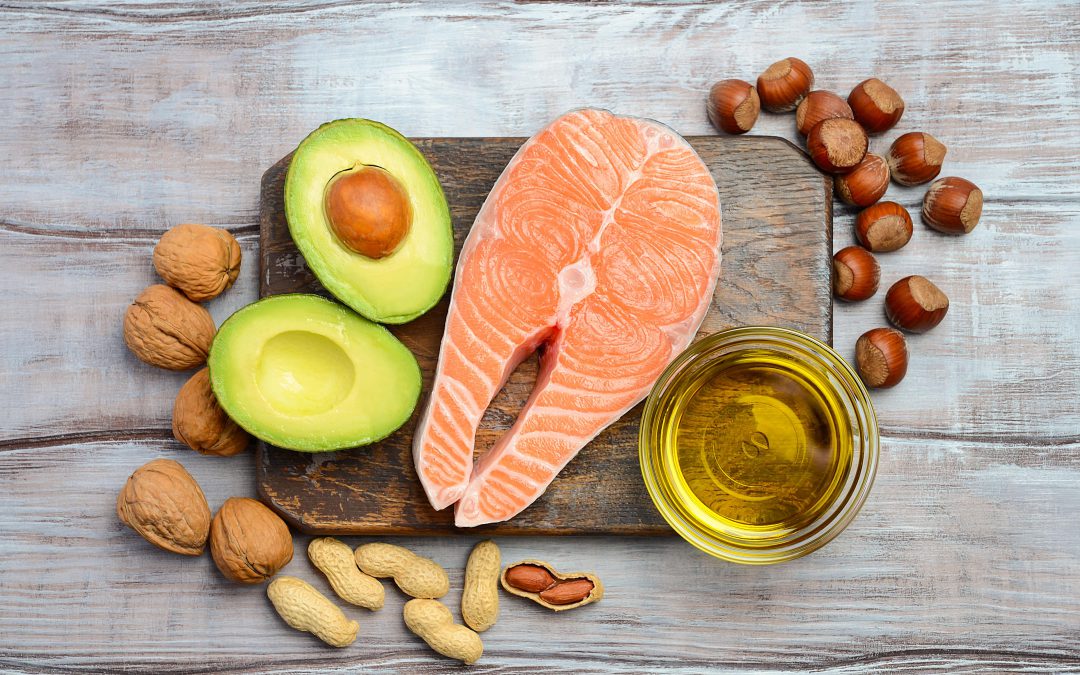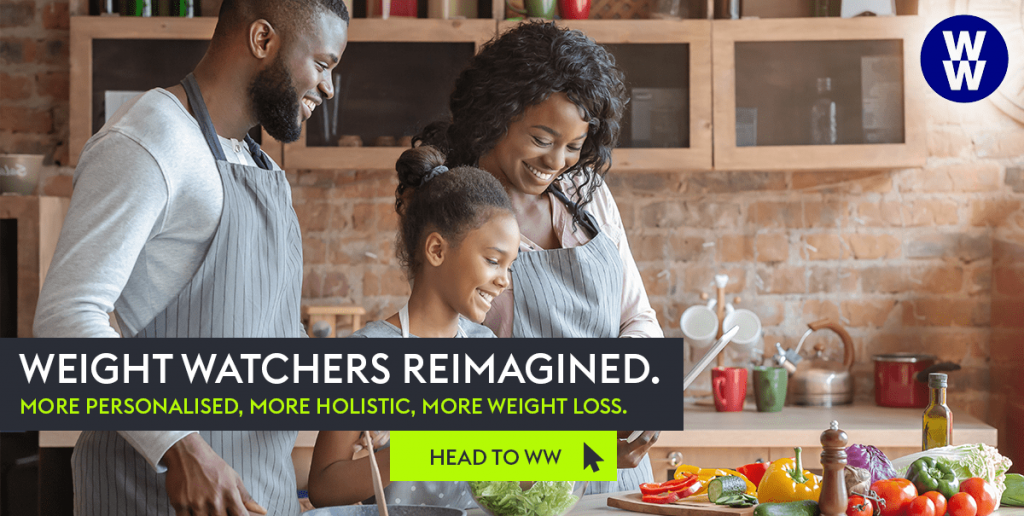This piece of content is from our valued partner WW. You can find the original version here.
You may have removed it from your diet and regularly broken a sweat at the gym to burn it off.
But when it comes to weight loss, it turns out fat isn’t the enemy. In fact, when it comes to fat loss, fat isn’t the enemy either.
Here’s why a low-fat diet might actually be thwarting your efforts to lose weight and lead a healthier lifestyle.
Why our bodies need fat
Many dietary fats are referred to as ‘essential’ fats because our bodies need them to function properly.
Fat is crucial for the nervous system, improves fat-soluble vitamin uptake (including vitamins A, D, E and K which promote growth and protect reproductive health) and can guard against heart disease.
The key is including the right kind of fat in your diet.
You don’t necessarily have to shy away from those red labels on the supermarket shelves. Arm yourself with the facts about ‘good’ and ‘bad’ fats and you’ll soon be able to differentiate between a mono and a trans – or put simply, what will improve your health and help towards your weight loss goals, and what won’t.
Here’s the skinny on which fats to eat and which to avoid.
What is ‘good’ fat?
‘Good’ fat is more commonly known as unsaturated fat. It comes in two forms: monounsaturated fat and polyunsaturated fat.
Monounsaturated fats – Found in olive oil, almonds, cashews, peanuts, peanut butter, sesame seeds and avocado, these raise good HDL cholesterol and lower bad LDL cholesterol. Wondering how to lose belly fat? This type of fat can also help prevent fat around the stomach area.
Polyunsaturated fats – These fats lower LDL cholesterol and contain essential omega-3 fatty acids, which promote brain and heart health and much more besides. They also contain omega-6 fatty acids, which can boost skin and eye health. You’ll find omega-3 in salmon, herring, mackerel, walnuts, flaxseed and canola oil.
What is ‘bad’ fat?
‘Bad’ fat comes in two forms, saturated and trans. Here’s what you need to know.
Saturated fats – Found in meat and poultry and some dairy products like cream, butter and milk, saturated fats raise your level of LDL cholesterol and can increase your risk of heart disease. However, you don’t need to cut these products out of your diet entirely. UK guidelines state that men should consume no more than 30g, and women no more than 20g of saturated fat per day. A good tip is to remove any visible fat on meat, including the skin on chicken.
Trans fats – These are made from unsaturated fats that have been chemically altered to prolong shelf life. Trans fats raise LDL cholesterol, lower good HDL cholesterol, promote inflammation and increase the risk of heart disease. They can be found in many margarines (check for ‘hydrogenated fat’ on food labels) in addition to processed foods such as cakes, biscuits, pies, packet cake mixes, frozen foods such as spring rolls and deep-fried foods such as French fries, battered fish and chicken nuggets.
Fatty foods to include in a fat loss diet
Forget low-fat meals – here’s a list of fat-friendly foods to include in your diet.
1. Avocado. This smooth, creamy fruit is also packed with fibre, which can contribute to feelings of satiety.
2. Nuts. Nuts are a great source of protein and healthy fats. They make a great snack; just remember to limit yourself to a healthy portion size.
3. Salmon. Rich in protein and omega-3 fatty acids, salmon is deliciously nutritious and works in all sorts of dishes, from stir fry to risotto.
4. Eggs. Packed with protein and versatile enough to form the basis of a healthy breakfast, lunch or dinner, eggs are a real WW favourite.
5. Chia seeds. A great source of fibre and able to absorb up to 12 times their weight in water, chia seeds are not only nutritious but also expand in your stomach, making you feel full.
6. Extra virgin olive oil. A staple of the Mediterranean diet, extra virgin olive oil is packed with antioxidants, fatty acids and smaller amounts of vitamin E and K.
7. Cheese. High in protein and calcium, cheese is a great energy source and can help to protect bones and teeth.
8. Dark chocolate. Dark chocolate is loaded with antioxidants and minerals including iron, magnesium and manganese. It may also raise HDL and lower LDL cholesterol.
While it goes without saying that we should try to limit the amount of trans fat in our diets as far as possible, how much is too much when it comes to including ‘good’ fats in our diet?
Check out our recommended portion sizes below:
• Avocado, ½ medium, 77.5g
• Cashew nuts, 10 individual, 10g
• Walnut halves, 3 individual, 9g
• Dry roasted peanuts, 10 individual, 13g
• Pistachios, 15 individual, 15g
• Brazil nuts, 2 individual, 6g
• Salmon, raw, 1 medium fillet, 130g
• Egg, whole, raw, 1 medium, 52g
• Chia seeds, 15g
• Olive oil, 1 teaspoon, 5ml
• Cheddar cheese, 1 medium portion, 40g
• Dark chocolate, 2 squares, 14g (or 1 square 7g)
How can these foods help you lose body fat and weight?
In a nutshell (no pun intended), fat is incredibly satiating. It also takes a long time to digest, so eating a small amount of fat with every meal could help you feel fuller for longer, helping you to eat less overall.
Looking to lose belly fat? A 2009 study in the British Journal of Nutrition found that participants who consumed the most unsaturated fatty acids have lower body mass indexes and less abdominal fat than those who consumed the least.
Like any healthy eating programme, teaming a good diet with exercise is crucial. Add cardio and strength exercises into your workout regime, and ramp up the intensity with interval training.
The take-home message? Instead of sticking to low-fat recipes, look specifically for recipes low in trans and saturated fats. Scroll down for 18 delicious healthy recipes which include unsaturated fats!



